Geranium, Pelargonium, Kalachik, Crane - these names apply to the same plant. This flower is a permanent resident of many apartments, where it is valued for its bright juicy colors and unpretentiousness in care.
Pelargonium belongs to the Geranium family and came to us from the territory of India and South Africa. Today, there are more than 200 species of this flower, but only a few groups are used for breeding at home. On the European territory, this marvelously flowering plant is popular not only due to the splendor of color and ease of care, but also because of its healing properties.
Nevertheless, very often the window sill is decorated not with a lush flowering bush, but with a dull long stem with a bunch of leaves at the top. This is because not everyone knows the features of caring for pelargonium. For lush flowering of geraniums, pruning is necessary. Producing it at home is not at all difficult.
Content
Features of geraniums and the need for pruning for lush flowering
Three types of geranium are traditionally distinguished: tall, medium-tall and dwarf. The main difference is in the height of the stem and the size of the flowers (from 100 cm in gigantic to 16 cm in dwarf varieties). Rounded leaves have serrated edges, a heart-like base and can vary in color from pale green to green with a burgundy hue.
Some species have plush leaves, while others are characterized by smooth foliage. Flowers in diameter reach 5-6 cm, and for royal geraniums - up to 15 cm. Flowers of different bushes can have pink, burgundy, white, lilac, cream color; they are collected in inflorescences located on a long stalk. In addition to the bush, there are ampelous species, which include the pelargonium, the mucous.
The most common varieties suitable for growing a house are presented in the photo:
- Tulip-shaped.
- Royal.
- Terry.
- Non-double.
Geranium refers to plants that do not require special attention. It shows high resistance to disease and grows well on the windowsill.
It blooms from early spring to early autumn. An important condition for a decorative look and lush flowering is the timely pruning and pinching of bushes. These procedures not only contribute to the formation of a beautiful crown and lush flowering, but are also beneficial for plant health.
Pinching and trimming are not complicated procedures; you just need to remember the general rules. Pruning is the process of getting rid of old stems and leaves. Thanks to her, the bush is updated and grows more intensively. Pruning is suitable for adult plants. To do this, the old branches are cut so that each has several buds, which will then give rise to new branches.
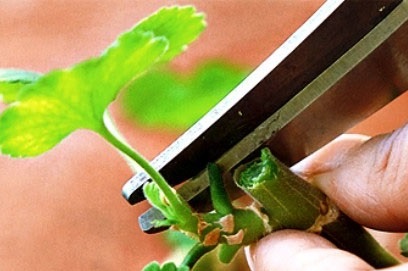
Pinching is suitable for young plants. The essence of the procedure is to remove the apex, due to which the plant begins to grow to the sides - new shoots are formed, which in the future will contribute to the branching of the plant.
Particular attention should be paid to the places from which new shoots grow. If they grow from the rhizome, they are not touched, when the shoots grow from the trunk, they must either be removed immediately, or wait until they grow a little and again cling. So the bush will be more branched.
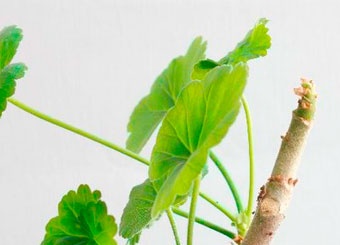
Not all plants require the same pinching and pruning. If the geranium is annual, cut it only to give shape to the bush. Perennial pelargonium must be processed twice a year - in spring and autumn. At the same time, spring pruning is considered the main one.
The basic rules for pruning geraniums in spring
The main pruning of the bush is made in spring. The period from February to March is the beginning of sap flow, the plant wakes up and new shoots are formed. When planning a procedure, it is important to approach it wisely.
Necessity
To understand whether geranium pruning is necessary, you should pay attention to its appearance. The bare trunk is not cut, but if the form is neat, you can subject the plant to spring pruning. At the same time, I delete all the stems growing inward, the old branches, side shoots that disrupt the shape. In ampelous species, all long branches devoid of foliage and inflorescences are removed.
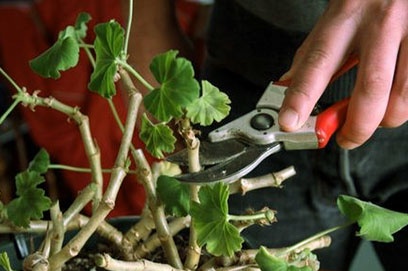
What does cropping give? She favors:
- long flowering;
- growth of lateral branches;
- the formation of an even beautiful crown;
- receiving fresh planting material for planting new plants.
Scheme of the procedure
First of all, you need to decide what shape to give the flower. After this, you can start the procedure according to the generally accepted scheme:
- the manipulation tool should be disinfected. For these purposes, boiling water, alcohol or an antibacterial agent is suitable;
- remove all yellowed leaves and damaged branches;
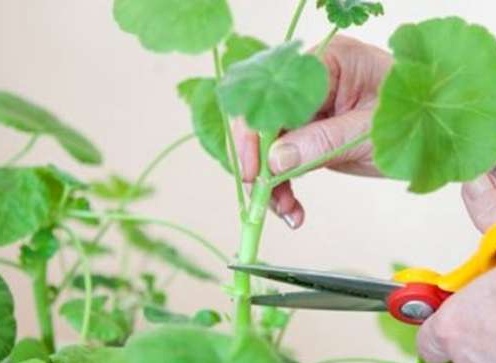
Scissors - shorten the tall stalk, in which case new shoots will begin to grow from it, and the plant will get the shape of a tree;
- remove the lower side shoots;
- trim all old crooked stems, leaving hemp. Subsequently, bushes form from these stumps.
Follow-up care
Pruning is stress for the plant. For speedy rehabilitation, he needs to create comfortable conditions. Kalachik needs watering every two days, fertilizing with nitrogen-containing fertilizers for flowering plants, the absence of drafts and spraying. An ideal place for growth is the windowsill on the sunny side of the apartment or in the fresh air.
How to cut geraniums in the fall?
Cutting geraniums in the fall is the logical end of the flowering period and the preparation of the plant for winter dormancy.
Necessity
In winter, pelargonium is at rest, continuing to receive food. At rest, it is difficult for the bush to provide nutrients with a large crown, burdened with wilted leaves and old stems. To prepare the plant for the next flowering period, lay the foundation of the future beautiful crown and facilitate wintering, and spend autumn pruning.
Dates
The optimal time for the autumn procedure is considered to be the period from September to November, after the last inflorescences have dried. It was at this time that yellowed leaves and old shoots to be removed were especially noticeable on the bushes. After November and until February, geraniums are not recommended to be disturbed - during this period of time the flower is especially weak.
Technology
Before the manipulation, as in the case of spring pruning, it is necessary to process the tools and wash your hands.It is better to use a blade, it leaves a smooth, jagged cut. The cropping procedure includes the following steps:
- At the first stage, old castings, weak branches and curved stems are removed.
- Next, they find out if the plant has long stems. If these shoots are not needed, they are cut off in the region of the lower leaf node. If it is necessary that in the future the shoot begins to scrub, it must be clipped.
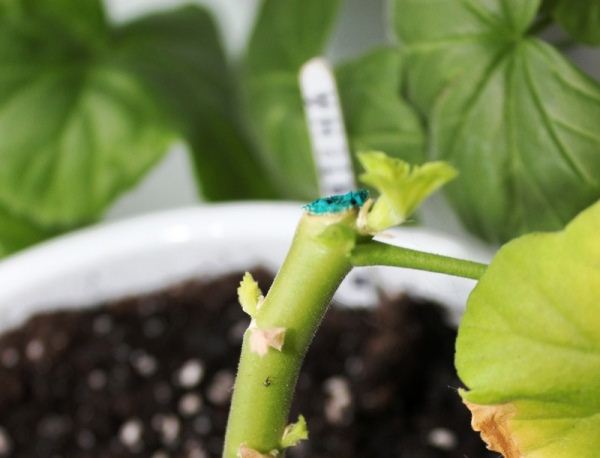
Clipped geranium stalk - The main stem is cut off by no more than 30%.
- If the plant has winter buds, it is better to remove them. So geranium will be able to gain strength in the winter, and not spend them on useless buds.
- Slices for quick healing are treated with activated carbon or cinnamon powder.
Scheme of the formation of a standard plant
Geranium is suitable for the formation of a standard form - a tree with a crown. It is formed mainly from silt young plants having a pronounced central shoot. The trunk can have both a straight and curvy shape. To give an even shape, the central shoot is firmly tied to an even vertical support; if it is necessary to obtain a curved trunk, the shoot is bandaged to a winding support.
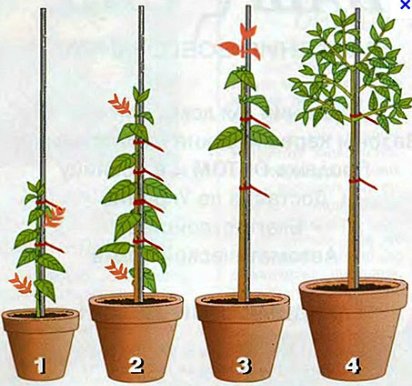
As the central shoot grows, it clears itself from the side branches while preserving the leaves. As soon as the trunk reaches the necessary growth, the leaves are removed, and the tip is pinched. So the upper part will begin to cluster, and over time a dense crown will form. The support is removed only when the trunk gains strength.
They place the standard form in a warm and bright place, avoiding direct sunlight, abundantly water and fertilize. The formation of a tree requires a lot of time and is stress for pelargonium, therefore, in the first year, it most likely will not bloom.
Features of the formation of royal geraniums
The unusually beautiful, but extremely capricious royal geranium is one of the largest in the family. The height of the stem can reach one meter. The leaves are large, in shape resembling maple, carved and not monophonic. It blooms mainly with pink, scarlet or purple flowers for only 3-4 months a year.
In order for the royal beauty to bloom magnificently, she, like other representatives of the family, must be cut off. However, they do this only once a year, in the autumn period. The optimal period is September-October, after the drying of the last inflorescences.
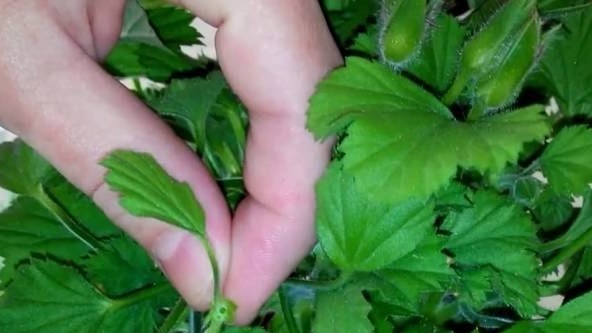
In the beginning, the main shoots are cut, removing a third of their length, after which they proceed to the formation of the crown. Old leaves are removed, as well as stems without leaves and inflorescences. Pinch young shoots with your hands. So by spring the flower will release many young shoots that will give the geranium a beautiful bushy appearance.
Winter is a period of complete rest for royal geraniums. It is placed in comfortable conditions, avoiding manipulation of stems and sprouts. If in the winter period young shoots are observed, pinch them with your hands, avoiding injury to the plant. With the right approach, in April the royal geranium will delight its owner with the first flowers.
Common Growing Questions
Geranium is a bright and elegant plant. And although she is very undemanding in care, the key to her beauty is compliance with simple rules, which include high-quality and timely pruning and pinching.


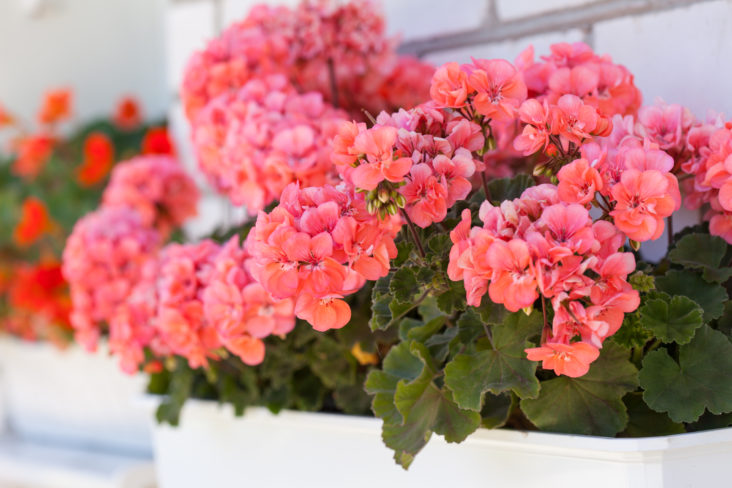
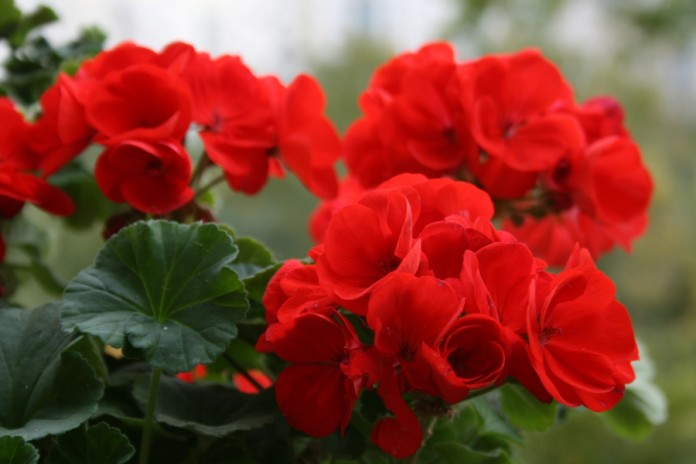
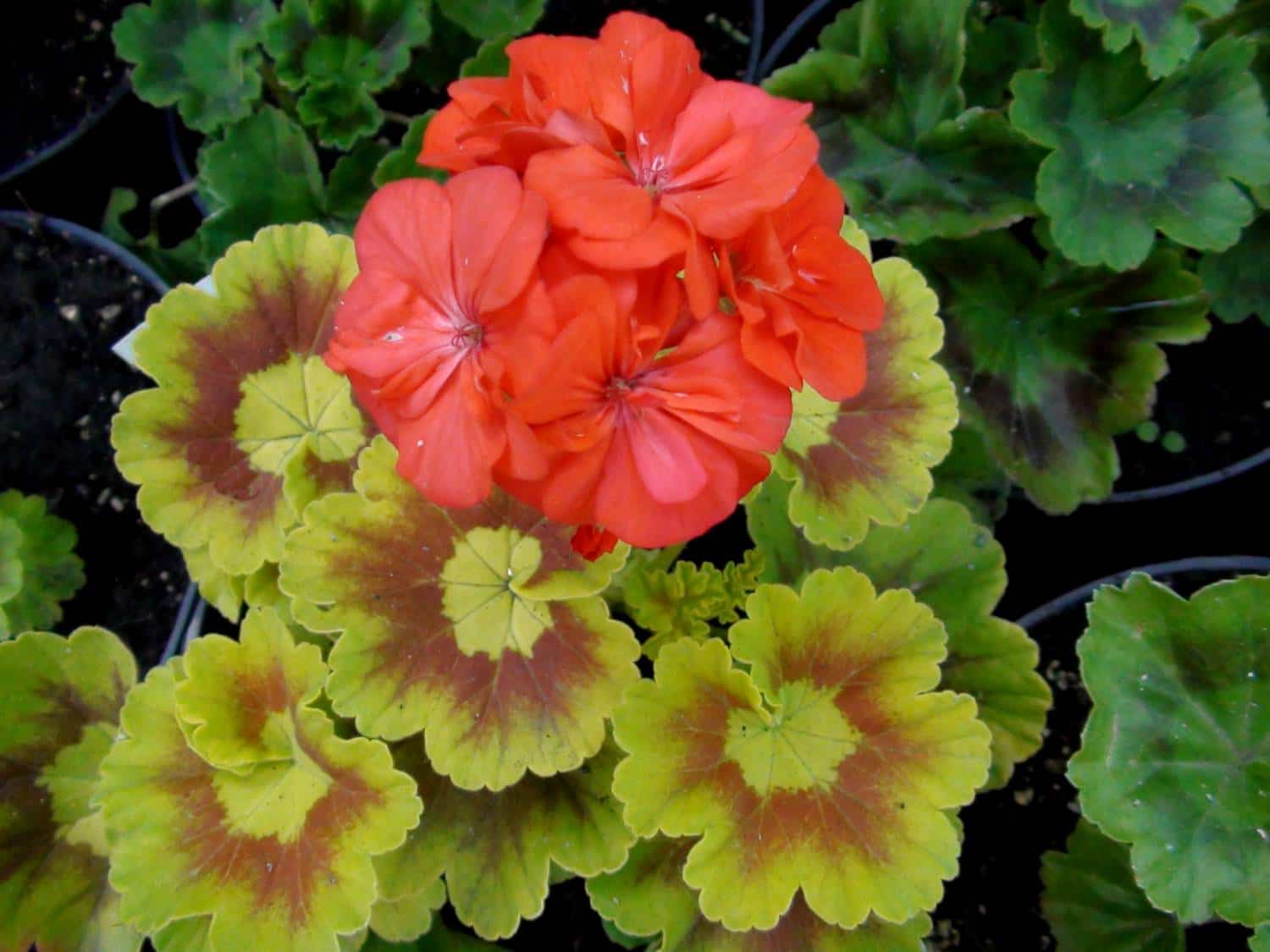
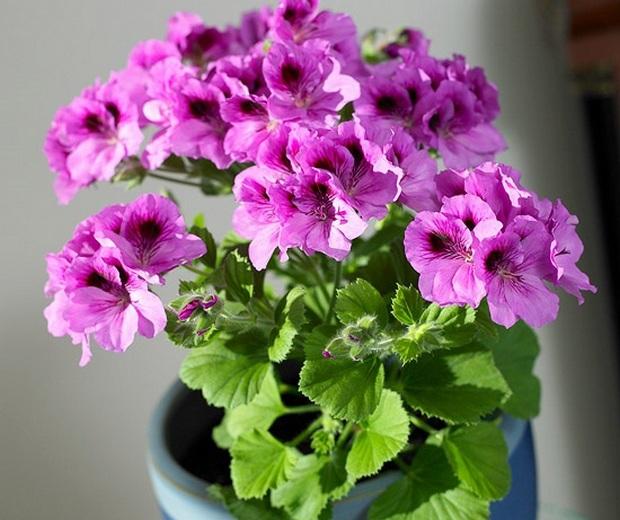
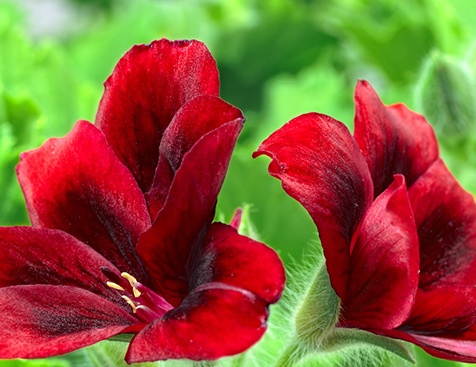
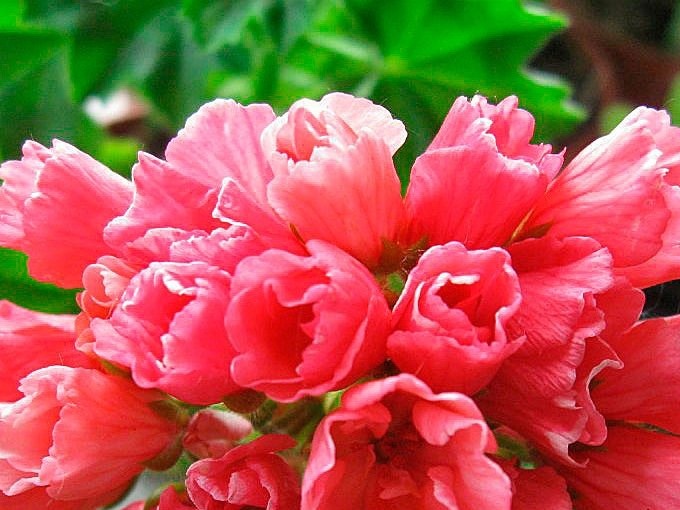
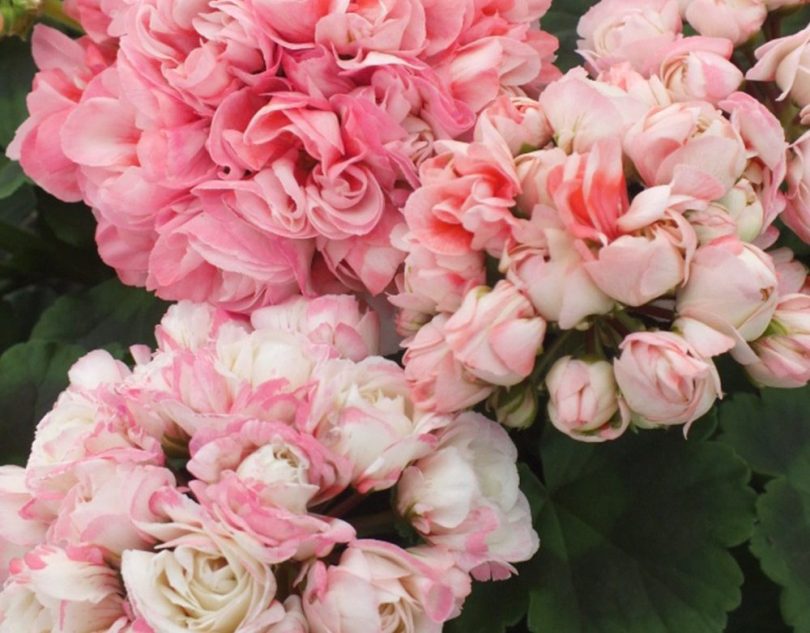
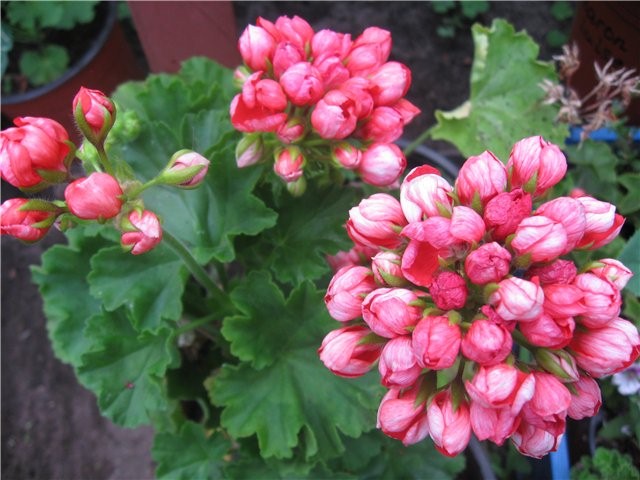
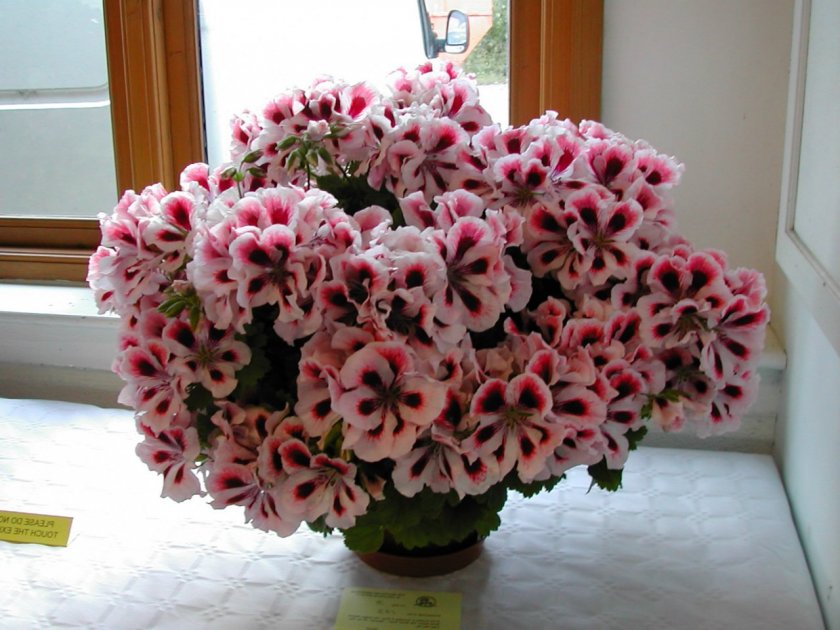
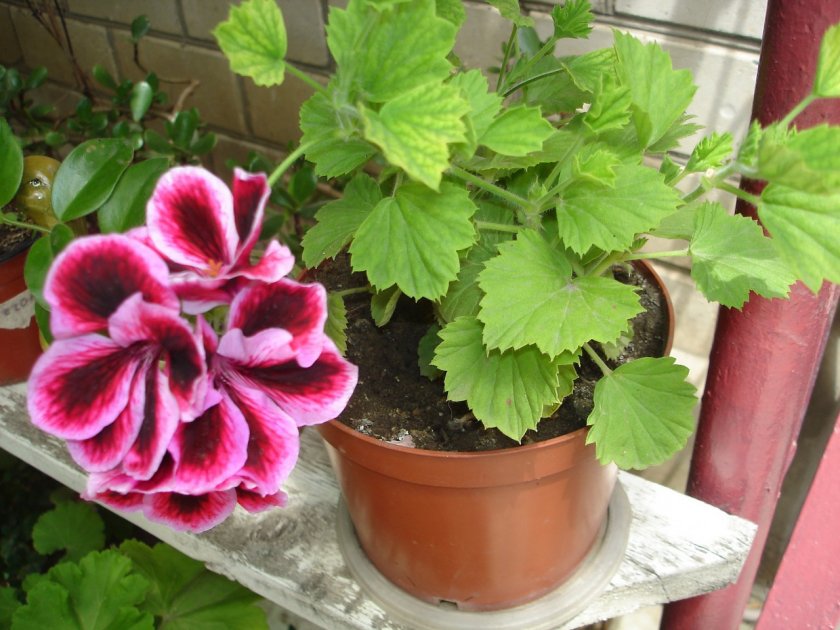
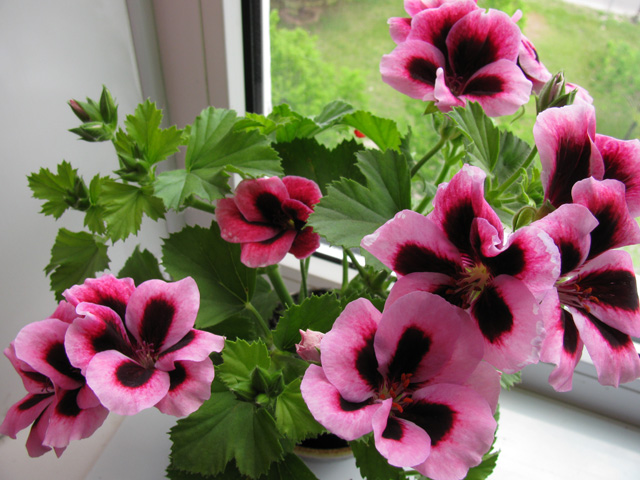
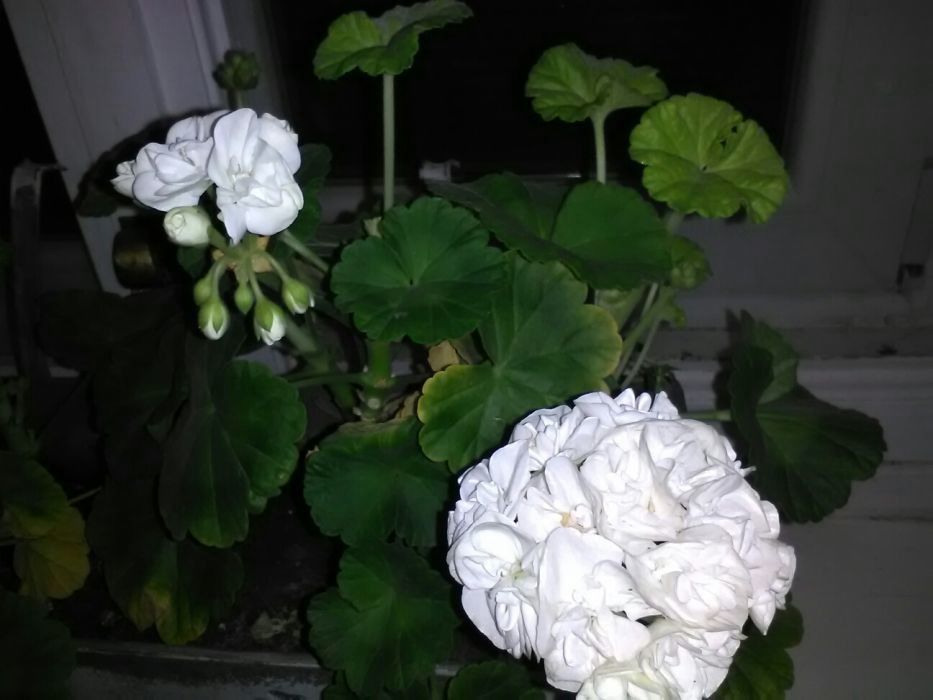
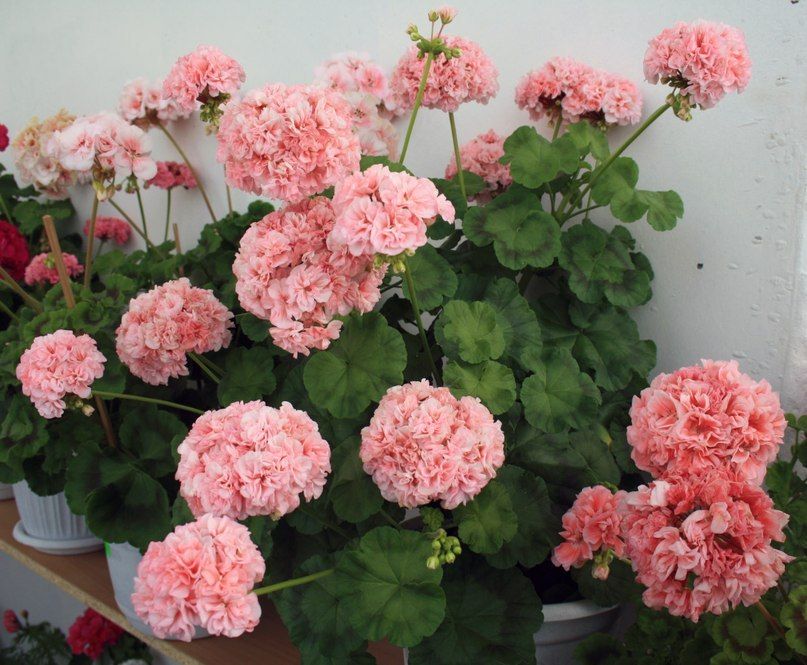



 10 beautiful annuals that bloom all summer
10 beautiful annuals that bloom all summer Sow in the ground, without seedlings: 10 beautiful and unpretentious flowers
Sow in the ground, without seedlings: 10 beautiful and unpretentious flowers Platicodon planting and outdoor care
Platicodon planting and outdoor care Hosta - planting and care in the open ground in the Urals
Hosta - planting and care in the open ground in the Urals